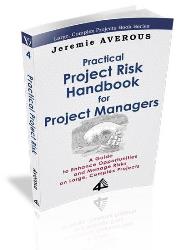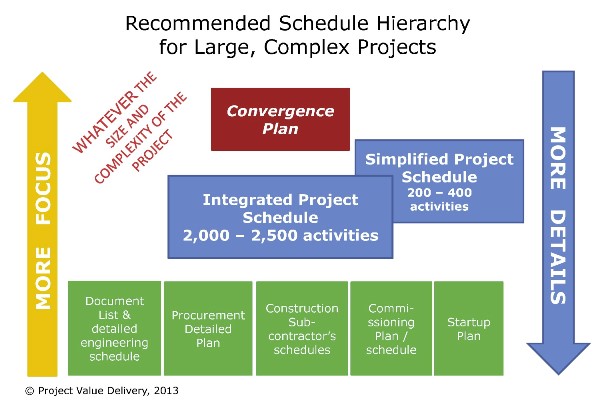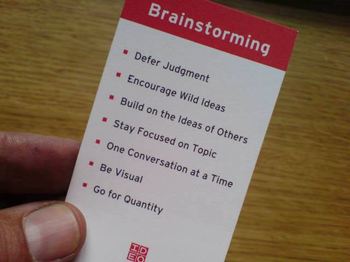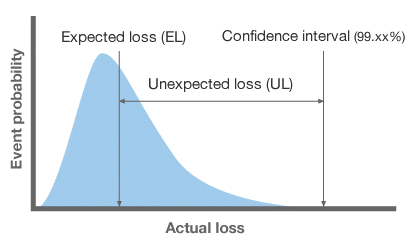How to Achieve Sustainable Cost Reductions in Projects from an Owner Perspective
Owners devote a lot of thought to findings ways to do more for less in the current commodity market. They aim to ensure that their developments will be less costly, less capital intensive and less risky for them. Sometimes this translates into simply shifting risks to Contractors who are forced to take them in the current market. In our new White Paper ‘How to Achieve Sustainable Cost Reductions in Projects from an Owner Perspective, or How to Overcome the Fallacy of Short-Term Risk Transfer’, we explain how transferring risks to Contractors is in a large measure an illusion on the medium term; the sustainable solution lies in making project execution more reliable overall, and requires Contractor development.
 Ways to achieve these objectives are discussed in a systematic manner and can form the basis for an action plan from the Owner perspective. This new paper complements White Paper 2014-18 ‘How to Be more Cost-Effective in Project Execution’ which was written from the Contractor perspective.
Ways to achieve these objectives are discussed in a systematic manner and can form the basis for an action plan from the Owner perspective. This new paper complements White Paper 2014-18 ‘How to Be more Cost-Effective in Project Execution’ which was written from the Contractor perspective.
Sustainable long-term solutions include:
- Making sure that Contractors minimize Cost of Non Quality, increase productivity and resolve all dysfunctions that adversely affects their delivery,
- Implementing a series effect on Owner developments,
- Simplifying Owner’s technical specifications (refer to our White Paper 2015-06 ‘How to Overcome the Curse of Excessively Detailed Specifications Leading to Uneconomic Infrastructure Projects’),
- Minimizing the complexity managed by the Owner, in particular the interface between Contractors,
- In general, ensuring that the Contractor properly implements the best practices of project delivery to maximize the odds of success,
- Implementing where possible standardization of requirements across Owners,
- Finding new project financing approaches that allow to transfer Capex to Opex and shifting the financing setup to the contractor.
The paper explains in detail the challenges of seeking a series effect, and how the contracting landscape might change in the energy and commodity development market.
Limiting the cost and risk of large complex projects to respond to the expectations of Owners is a long term effort that requires a lot of advance preparation and strategizing. Transferring risks on the short term to contractors is not sustainable for an industry.
Achieving a series effect is a well proven solution to minimize cost and increase reliability of delivery. Owners should aim resolutely at this objective. At the same time, the entire contracting strategy should be reviewed and new approaches implemented consistently to allow the emergence of new Contractors that will be able to better respond to the upgraded needs of Owners.
Read our new White Paper ‘How to Achieve Sustainable Cost Reductions in Projects from an Owner Perspective, or How to Overcome the Fallacy of Short-Term Risk Transfer’!











